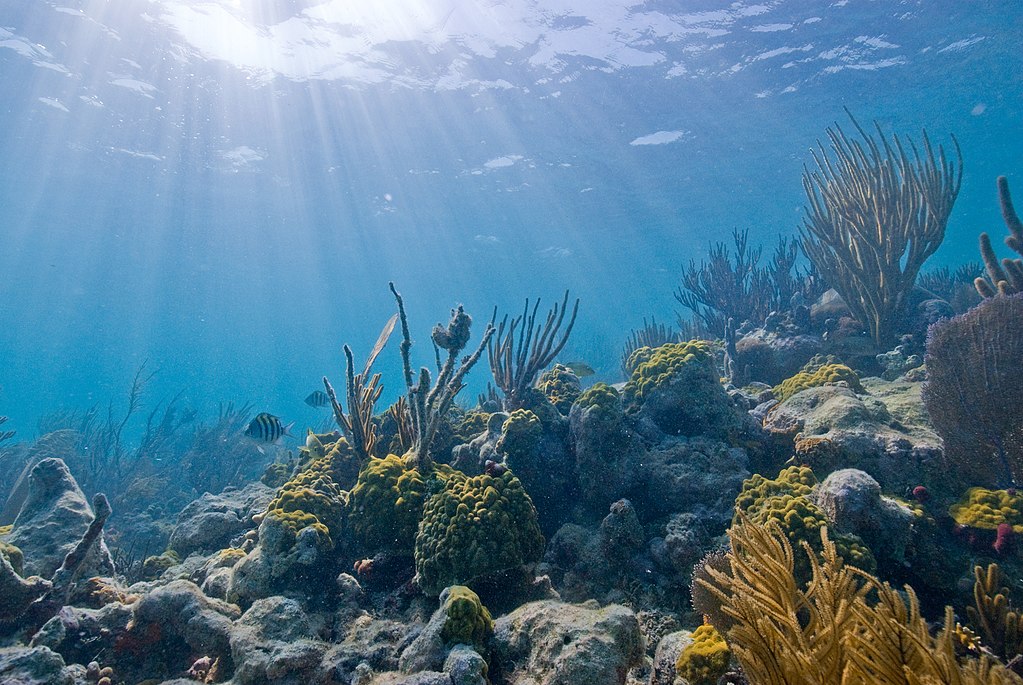Designing Climate-Smart Conservation: Guidance and Case Studies

Photo attributed to the NPS. This photo is in the public domain. No endorsement implied.
Posted by
CAKE Site AdminPublished
Abstract
To be successful, conservation practitioners and resource managers must fully integrate the effects of climate change into all planning projects. Some conservation practitioners are beginning to develop, test, and implement new approaches that are designed to deal with climate change. We devised four basic tenets that are essential in climate-change adaptation for conservation: protect adequate and appropriate space, reduce nonclimate stresses, use adaptive management to implement and test climate-change adaptation strategies, and work to reduce the rate and extent of climate change to reduce overall risk. To illustrate how this approach applies in the real world, we explored case studies of coral reefs in the Florida Keys; mangrove forests in Fiji, Tanzania, and Cameroon; sea-level rise and sea turtles in the Caribbean; tigers in the Sundarbans of India; and national planning in Madagascar. Through implementation of these tenets conservation efforts in each of these regions can be made more robust in the face of climate change. Although these approaches require reconsidering some traditional approaches to conservation, this new paradigm is technologically, economically, and intellectually feasible.
Diseño de Conservación Considerando el Clima: Directrices y Estudios de Caso Para ser exitosos, los practicantes de la conservación y los manejadores de recursos deben integrar los efectos del cambio climático en todos los proyectos de planificación. Algunos practicantes de la conservación están empezando a desarrollar, probar e implementar nuevos métodos diseñados para hacer frente al cambio climático. Diseñamos cuatro preceptos básicos esenciales para la adaptar la conservación al cambio climático: proteger espacios adecuados y apropiados, reducir los estreses no climáticos, utilizar manejo adaptativo para implementar y probar estrategias de adaptación al cambio climático y trabajar para reducir la tasa y extensión del cambio climático para reducir el riesgo global. Para ilustrar la aplicación de este enfoque en el mundo real, exploramos estudios de caso de arrecifes de coral en los Cayos de Florida; manglares en Fiji, Tanzania y Camerún; elevación del nivel del mar y tortugas marinas en el Caribe; Tigres en Sundarbans, India y la planificación nacional en Madagascar. Mediante la implementación de estos preceptos, los esfuerzos de conservación en cada una de estas regiones pueden ser más robustos a la luz del cambio climático. Aunque estos enfoques requieren la reconsideración de algunos métodos tradicionales de conservación, este nuevo paradigma es factible tecnológica, económica e intelectualmente.
Citation
Hansen, L., Hoffman, J., Drews, C., & Mielbrecht, E. (2010). Designing climate-smart conservation: Guidance and case studies. Conservation Biology 24(1), 63-69. DOI: 10.1111/j.1523-1739.2009.01404.x. Retrieved from CAKE http://www.cakex.org/virtual-library/902

